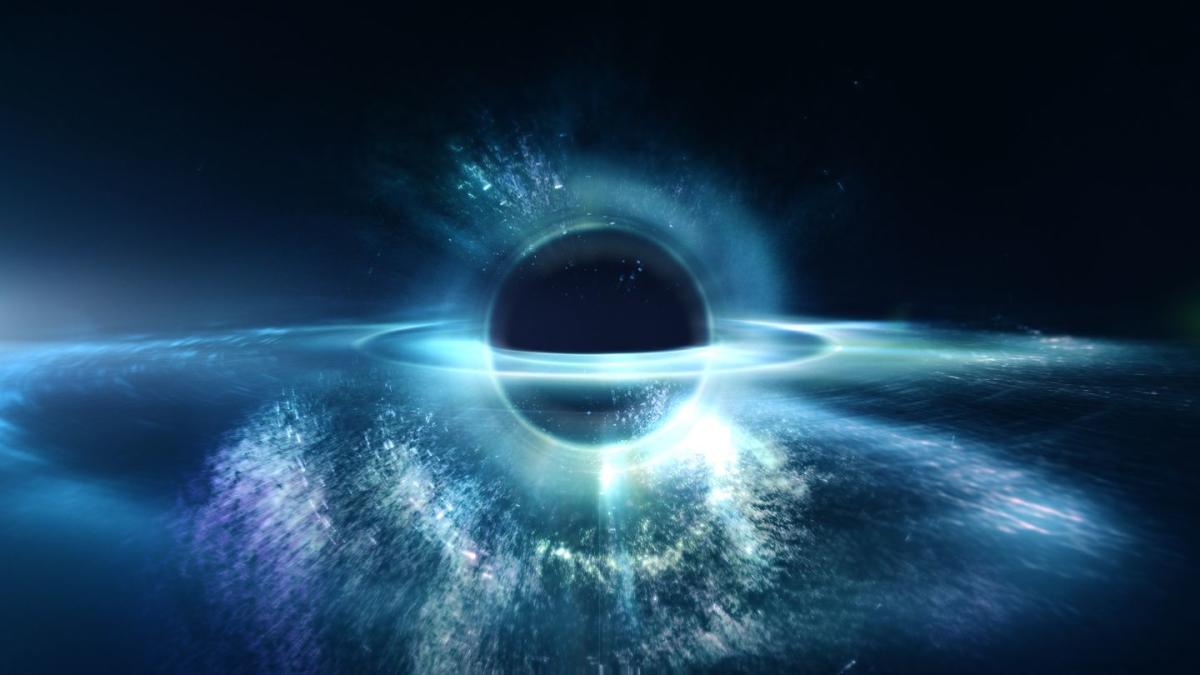Potential Discovery of a Particle Composed Entirely of Energy

Particle physicists have long suspected the existence of a “glueball,” a unique particle composed entirely of gluons. Recent research conducted at the Beijing Electron–Positron Collider II (BEPC-II) in China has led to the discovery of a new particle named X(2370), which exhibits the same mass as the anticipated glueball.
The Standard Model of particle physics serves as our current framework for understanding the fundamental building blocks of the universe. This model, often likened to a “periodic table of particle physics,” delineates the intricate structure of the subatomic realm. At the core of atoms are protons and neutrons, which consist of quarks bound together by gluons, the mediators of the strong nuclear force.
Theoretical predictions within the Standard Model suggest the existence of certain particles, including the elusive glueball, composed solely of gluons. Detecting such a particle necessitates high-speed collisions between protons and antiprotons to unveil the aftermath.
Over 50 years following the theoretical inception of the glueball through quantum chromodynamics (QCD), researchers have identified promising candidates, notably particle X(2370). This discovery, based on a decade of data from the BEPC-II, aligns closely with the expected mass of a glueball.
The unique nature of the glueball lies in its formation from interactions among gauge bosons, as articulated by scientists in a publication in the journal Physical Review Letters. Studies on the decay of the J/ψ meson, rich in gluons, provide insights into the characteristics of glueballs.
While previous instances of potential glueballs have surfaced, such as the meson f0(1710), definitive confirmation of their existence remains elusive. However, each discovery, including X(2370), validates the concepts outlined in the Standard Model and QCD theories. These findings affirm the presence of particles governed solely by the strong nuclear force, reinforcing our understanding of particle physics and guiding us towards uncovering the mysteries of the subatomic world.


